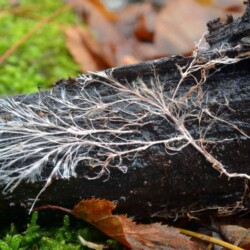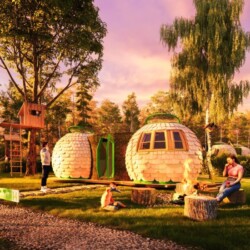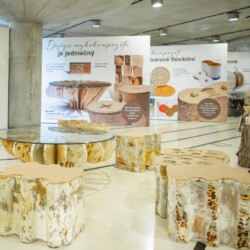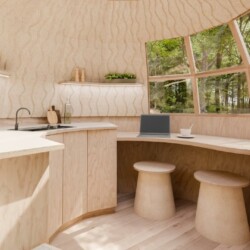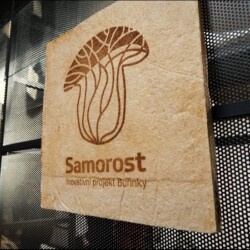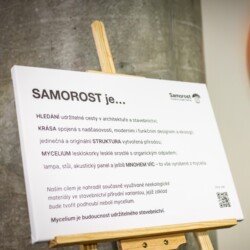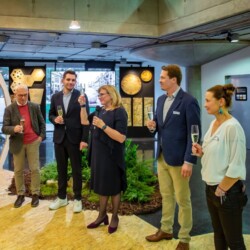Mycelium as Samorost by Buřinka
A combination of nature,
strength and beauty
Introducing Samorost – another in a series of innovative projects by building savings bank Burinka (meber of Erste group), which sees mycelium as a huge potential and the future of modern and, above all, sustainable construction.
When you say mushrooms, most of us think of a mushroom in the forest or a stir-fry. But fungi are far more complex organisms, far stronger than most of us think. There are about six million species in the world, and they’re practically everywhere. They are wonderful in all that they can do, and impressive in all that they can be used for, or made into. In our project, we are focusing on the use of mycelium, which, as a system of interwoven filaments, together with organic waste, can create new and unexpected materials. Can you imagine planting a flower in a pot made from mycelium, sitting in a chair or picking up a book from a shelf created by the interwoven fibres of mushrooms? Science fiction? A joke? No, that’s reality.

